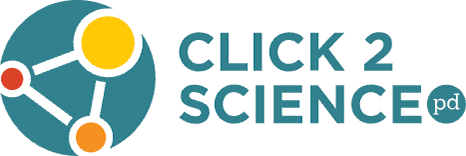What is STEAM?

What is STEAM?
Recently, STEAM has caught on as a buzzword in K-12 and afterschool learning. Short for Science, Technology, Engineering, Art, and Math, STEAM is more than a subject area. It is meant to be an interdisciplinary way to develop creative problem-solving skills in youth.
The arts have a profound impact on youth, educators, and educational environments (Fiske, 1999). In fact, the arts have the ability to:
- reach students who are not otherwise being reached.
- engage students in ways in which they are not otherwise being engaged.
- connect students to themselves and each other.
- transform the environment for learning.
- provide learning opportunities for the adults in the lives of young people.
- provide new challenges for those students already considered successful.
- connect learning experiences to the world of real work.
Additionally, arts education fosters student achievement and success in other areas such as reading and language skills, mathematics skills, thinking skills, social skills, and the motivation to learn (Ruppert, 2006). However, we often think of science and art as opposing subjects. Science involves data, research, and facts. While art is subjective, creative, and sometimes emotional. It can be difficult to see how these two subjects can coexist in a STEAM program. Incorporating art into an existing STEM program does not mean spending less time on science. Instead, art education can better prepare youth for successful futures by fostering and reinforcing STEM skills.
“STEAM is an educational approach to learning that uses Science, Technology, Engineering, the Arts, and Mathematics as access points for guiding student inquiry, dialogue, and critical thinking. The end results are students who take thoughtful risks, engage in experiential learning, persist in problem-solving, embrace collaboration, and work through the creative process. These are the innovators, educators, leaders, and learners of the 21st century!”
https://educationcloset.com/steam/what-is-steam/
What Counts as STEAM?
A STEAM-focused program blurs disciplinary boundaries that used to contain “subjects,” like math and art classes do. Creative problem solving and design thinking are at the center of STEM projects.
| STEAM is… | STEAM is not… |
|---|---|
| about solving problems. | about understanding an idea. |
| Using creativity or technology to design something useful. | drawing “just for fun.” |
| making art to solve a problem. | making art to learn about media. |
| using math to pursue a goal. | doing math problems. |
How Do I Do STEAM?
You do not have to have all five elements of STEAM at the same time in order to have something that “counts” as STEAM, but there has to be space for them. For example, you may not directly teach math in a Scratch-based learning experience, but students may still use math as they creatively design and improve their games and animations.
Examples of STEAM Projects
- Youth and their families design wearable technology.
- Youth take data on how a Spirograph works and try to improve this Spirograph app.
- Youth use Scratch to design a game that cures boredom.
Have more ideas for STEAM Projects? Share them below!
References
Fiske, E. (1999). Champions of Change: The Impact of the Arts on Learning. [online] Available at: https://eric.ed.gov/?id=ED435581 [Accessed 11 Sept. 2018].
Ruppert, S. (2006). Critical Evidence. [online] Available at: https://files.eric.ed.gov/fulltext/ED529766.pdf [Accessed 11 Sept. 2018].
STEAM Portal. (2018). What is STEAM?. [online] Available at: https://educationcloset.com/steam/what-is-steam/ [Accessed 11 Sept. 2018].
